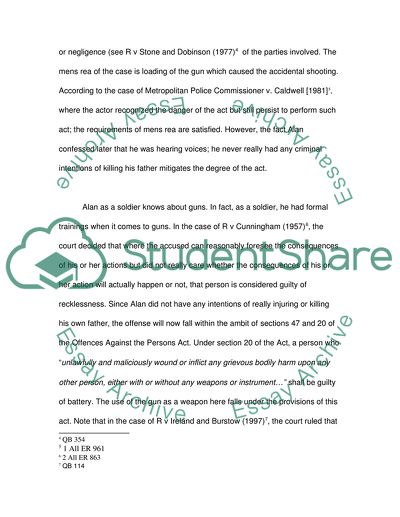Cite this document
(Describing Situations in English Criminal Law Case Study, n.d.)
Describing Situations in English Criminal Law Case Study. Retrieved from https://studentshare.org/law/1543733-criminal-assingnment
Describing Situations in English Criminal Law Case Study. Retrieved from https://studentshare.org/law/1543733-criminal-assingnment
(Describing Situations in English Criminal Law Case Study)
Describing Situations in English Criminal Law Case Study. https://studentshare.org/law/1543733-criminal-assingnment.
Describing Situations in English Criminal Law Case Study. https://studentshare.org/law/1543733-criminal-assingnment.
“Describing Situations in English Criminal Law Case Study”, n.d. https://studentshare.org/law/1543733-criminal-assingnment.


